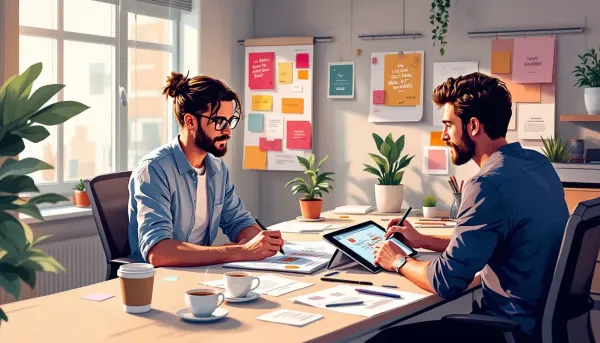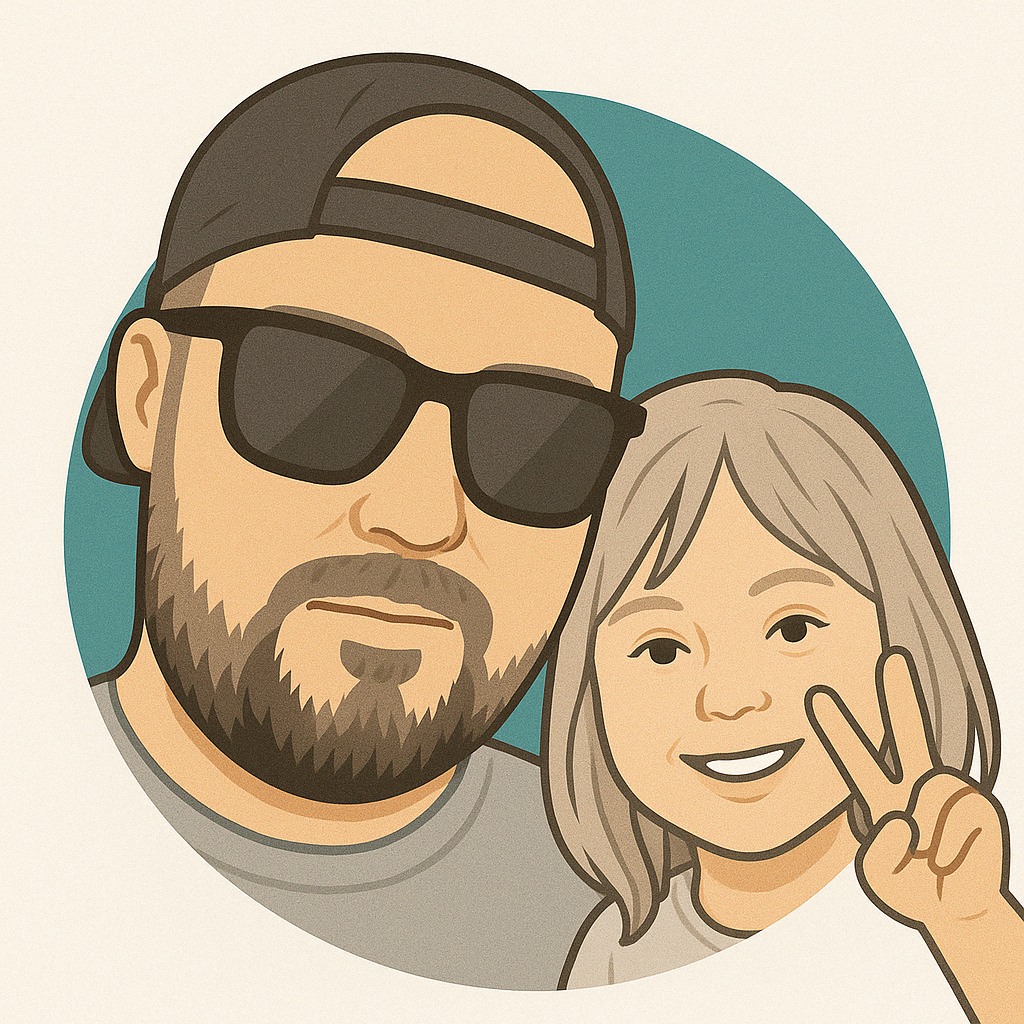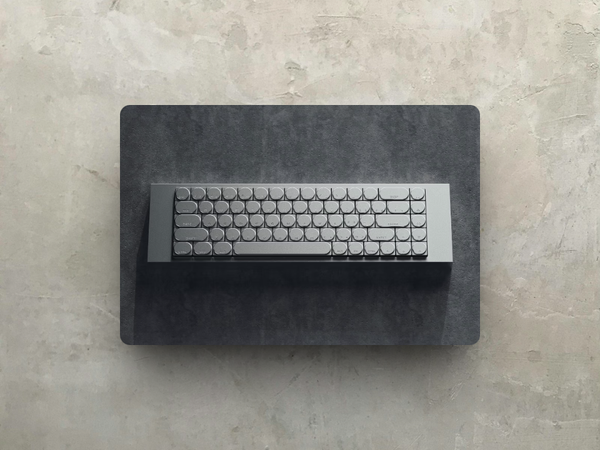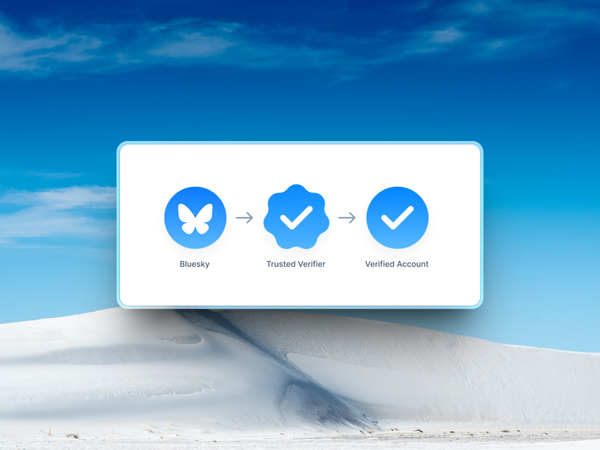Want better products, faster? Get designers and developers working together. Here's how:
- Use Common Terms: Speak the same language to avoid mix-ups
- Create Design Systems: Build shared resources for consistency
- Start Working Together Early: Involve developers from day one
- Use Team Tools: Choose the right software for seamless collaboration
- Give and Get Regular Feedback: Keep communication open and constructive
Quick benefits:
- Smoother handoffs
- Fewer mistakes
- Products users love
- Faster project completion
- Happier teams
Real-world impact: Airbnb mixed their teams and opened up communication. Result? 20% faster launches and 15% happier users.
Ready to start? Try these:
- Hold weekly design reviews
- Use Figma for real-time teamwork
- Bring developers to client meetings
- Get designers to learn basic HTML and CSS
Remember: Great products come from great teamwork.
| Tool Type | Examples | Key Features |
|---|---|---|
| Project Management | Monday.com, Asana, Basecamp | Task tracking, team coordination |
| Design Collaboration | Figma, Adobe XD | Real-time editing, prototyping |
| Developer Handoff | Zeplin | Code snippets, design specs |
| Visual Collaboration | Miro, FigJam | Virtual whiteboards, brainstorming |
Related video from YouTube
1. Use Common Terms
Speaking the same language is crucial for designer-developer teamwork. Different jargon can cause mix-ups and slow things down.
Here's how to fix that:
1. Create a shared glossary
Make a list of terms everyone gets. It'll speed up talks and cut confusion.
2. Keep it simple
Skip the tech talk. Say "buttons" instead of "UI components". Say "sketches" not "wireframes".
3. Use a design system
A good design system is like a shared playbook. It keeps everyone on the same page.
4. Meet together
Get designers AND developers in client meetings. It helps everyone understand the project goals.
5. Talk it out
Make it okay for team members to ask questions and suggest changes. No one should feel like they're stepping on toes.
Using common terms cuts down on miscommunication. It's like Andrew Chalkley says:
"Design should lead the development, and development should inform design. Separating these two roles or facets of your application can cause bad experiences for users."
2. Create Design Systems
Design systems are like LEGO sets for digital products. They give teams a shared toolkit to build consistent UIs fast.
Why design systems matter for collaboration:
1. Speed up work
Design systems slash design and dev time. Designers can quickly mock up UIs. Developers can easily build the final product.
Figma's 2019 test found:
"Designers working with a design system completed their tasks 34% faster than those without one."
2. Keep things consistent
Design systems make products look and feel the same across the board. This helps users and makes scaling easier.
IBM's Carbon Design System is a great example. It gives teams a modular framework for consistent experiences across IBM's products.
3. Bridge the gap
Design systems give designers and developers a common language. This smooths out handoffs and cuts down on back-and-forth.
Ben Scott from Shopify explains how they use Storybook:
"Deploying a Storybook URL for every Pull Request has been amazingly helpful. It lets stakeholders check UI look and feel without needing identical dev environments."
4. Focus on solving problems
With a design system, teams can stop reinventing the wheel and tackle new challenges.
To get the most from your design system:
- Build it like a product
- Let everyone contribute
- Use tools like UXPin or Storybook
- Set up a review process
3. Start Working Together Early
Teaming up from day one changes everything. Here's why it matters:
Break down silos
Working separately causes late-stage problems:
- Wasted resources
- Impossible designs
- Team frustration
Bring everyone together from the start. Catch issues early and spark creativity.
Use each other's skills
Developers spot technical issues. Designers push creative boundaries. Early teamwork lets you:
- Share knowledge
- Question assumptions
- Find new solutions
Speed things up
Early collaboration reduces later back-and-forth. Teams can:
- Align on goals
- Set real expectations
- Decide faster
How to start
1. Kick-off together
Include everyone in initial meetings and brainstorms.
2. Try design sprints
Use the 5-day sprint for tough problems. It brings everyone together for intense collaboration.
3. Work in chunks
Share small pieces often, not big handoffs. Get feedback and adjust as you go.
4. Join each other's meetings
Designers at dev standups, devs at design reviews. Stay informed and build understanding.
5. Pair up
When possible, assign a designer and developer to work on features together.
4. Use Team Tools
The right tools can supercharge designer-developer teamwork. Here's a quick rundown of options that'll help you share work and ideas:
Project Management
- Monday.com: Customisable, starts at $8/user/month
- Asana: Tech-friendly, average pricing
- Basecamp: Great for bigger teams, pricier
Design Collaboration
- Figma: Real-time work and prototyping. Free plan, paid from $12/editor/month
- Adobe XD: Part of Creative Cloud. Coediting and prototyping from $9.99/month
Developer Handoff
- Zeplin: Gives devs code snippets and specs. Free plan available
Visual Collaboration
- Miro: Virtual whiteboard. Free plan, paid from $10/user/month
- FigJam: Figma's offering. Free for 3 boards, then $3/user/month
Pick tools that fit your team and budget. The goal? Make sharing and feedback a breeze, not a headache.
Tools are great, but they're not magic. Pair them with solid communication and processes for the best results.
5. Give and Get Regular Feedback
Feedback is key to designer-developer teamwork. It helps refine designs, align goals, and build stronger relationships.
Here's how to make feedback work:
Set up a feedback loop
Create a system for consistent feedback:
- Weekly design critiques
- Slack channel for quick comments
- Monthly team retrospectives
This keeps everyone in sync and catches issues early.
Make feedback specific and actionable
Don't say "I don't like it." Instead, try:
- "The button contrast ratio is too low for accessibility"
- "This layout breaks on mobile screens below 375px width"
Specific feedback leads to clear improvements.
Use the right tools
Use collaboration tools to streamline feedback:
| Tool | Use Case | Key Feature |
|---|---|---|
| Figma | Design reviews | In-context comments |
| Zeplin | Developer handoff | Precise specs and measurements |
| Asana | Task tracking | Assignable action items |
Balance positive and constructive feedback
Start with positives, then address improvements. This keeps morale high while pushing for better work.
"Frame feedback as a chance to grow. Focus on how it can help designers improve their skills and create better work." - Fabricio Teixeira, Design Director at Work & Co
Act on feedback promptly
Address feedback quickly. It shows respect and keeps the project moving.
Wrap-up
Want better products, faster? Get designers and developers working together. Here's how:
- Speak the same language: No more mix-ups.
- Build a design system: Shared resources = consistency.
- Team up from day one: Developers aren't just for coding.
- Use the right tools: Organised files = less confusion.
- Keep talking: Regular feedback is key.
Result? Smoother handoffs, fewer mistakes, and products users love.
The payoff? Faster projects, better quality, less rework, and happier teams.
Take Airbnb. They mixed their teams and opened up communication. What happened? 20% faster launches and 15% happier users.
"It's about respecting your colleague's skills and knowing your role in the project." - Aaron Draplin, Designer
Ready to start?
- Hold weekly design reviews
- Use Figma for real-time teamwork
- Bring developers to client meetings
- Get designers to learn basic HTML and CSS
Remember: Great products come from great teamwork.
FAQs
How to communicate with developers as a designer?
Talking to developers doesn't have to be rocket science. Here's how to do it:
- Get in their shoes. Understand what makes their job tough.
- Learn some code lingo. It helps bridge the gap.
- Team up early. Don't wait until the last minute to bring developers in.
- Be crystal clear. Add detailed notes to your designs.
"When designs go from Figma to Zeplin, developers know they'll get the code they need. It's a game-changer for smooth handoffs and helps engineers find what they need fast." - Brian Alfaro, Design Lead, The Washington Post
How to ensure a smooth design handoff?
Want your design handoff to go off without a hitch? Try this:
- Name everything consistently. Files, layers, you name it.
- Show, don't just tell. Create prototypes that demonstrate the user flow.
- Get specific. Include all the nitty-gritty details like colours and measurements.
- Use the right tools. Zeplin or Figma can make handoffs a breeze.
- Talk it out. Walk the dev team through your design.
- Keep the lines open. Be ready to answer questions as they come up.

